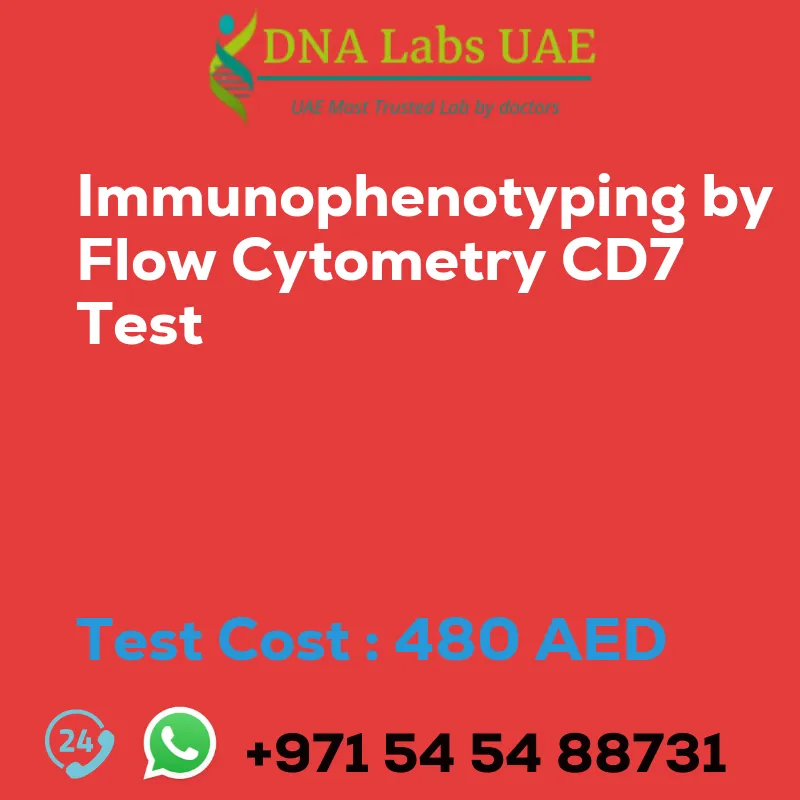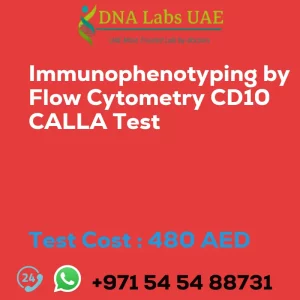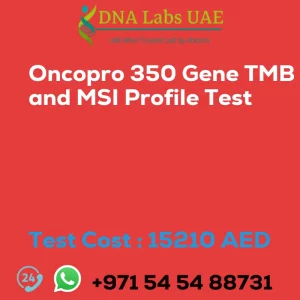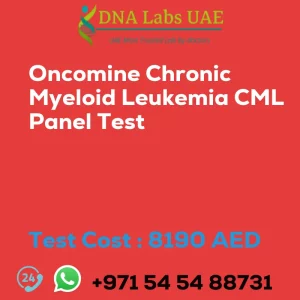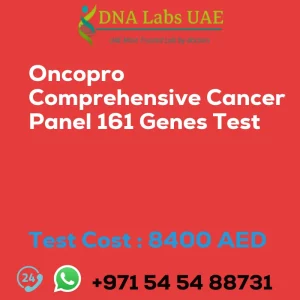IMMUNOPHENOTYPING BY FLOW CYTOMETRY CD7 Test
Test Name: IMMUNOPHENOTYPING BY FLOW CYTOMETRY CD7 Test
Components: CD7 Test
Price: 480.0 AED
Sample Condition: 3 mL (2 mL min.) whole blood in 1 Lavender Top (EDTA) tube and 3 mL (2 mL min.) whole blood in 1 Green Top (Sodium Heparin) tube OR 2 mL (1 mL min.) Bone marrow in 1 Green Top (Sodium heparin) tube. Ship immediately at 18-22°C. DO NOT REFRIGERATE OR FREEZE. Specify time, date, and clinical details on the test request form.
Report Delivery: Sample Daily by 9 am; Report Same day
Method: Flow Cytometry
Test Type: Cancer
Doctor: Oncologist, Hematologist
Test Department: FLOW CYTOMETRY
Pre Test Information: Give brief clinical history
Test Details:
The CD7 test is an immunophenotyping test performed using flow cytometry. CD7 is a cell surface protein that is expressed on T cells, natural killer (NK) cells, and some subsets of B cells. This test is used to identify and quantify the presence of CD7-positive cells in a sample.
Flow cytometry is a technique that uses fluorescently-labeled antibodies to detect specific cell surface markers. In the case of the CD7 test, a sample containing cells of interest (such as peripheral blood or bone marrow) is stained with a fluorescently-labeled antibody that specifically binds to CD7. The stained cells are then passed through a flow cytometer, which uses lasers to excite the fluorochromes on the cells. The emitted fluorescence is then detected and analyzed to determine the presence and quantity of CD7-positive cells.
The CD7 test is commonly used in the diagnosis and monitoring of various hematological disorders, such as T-cell acute lymphoblastic leukemia (T-ALL) and T-cell lymphomas. It can also be used to assess the maturation stage of T cells and to identify aberrant T-cell populations.
Overall, the CD7 test by flow cytometry provides valuable information about the presence and characteristics of CD7-positive cells, helping in the diagnosis and monitoring of certain diseases.
| Test Name | IMMUNOPHENOTYPING BY FLOW CYTOMETRY CD7 Test |
|---|---|
| Components | |
| Price | 480.0 AED |
| Sample Condition | 3 mL (2 mL min.) whole blood in 1 Lavender Top (EDTA) tubeAND 3 mL (2 mL min.) whole blood in 1 Green Top (Sodium Heparin) tube OR 2 mL (1 mL min.) Bone marrow in 1 Green Top (Sodium heparin) tube. Ship immediately at 18\u0192??22?\u00f8C. DO NOT REFRIGERATE OR FREEZE. Specify time, date and clinical details on test request form. |
| Report Delivery | Sample Daily by 9 am; Report Same day |
| Method | Flow Cytometry |
| Test type | Cancer |
| Doctor | Oncologist, Hematologist |
| Test Department: | FLOW CYTOMETRY |
| Pre Test Information | Give brief clinical history |
| Test Details |
The CD7 test is an immunophenotyping test performed using flow cytometry. CD7 is a cell surface protein that is expressed on T cells, natural killer (NK) cells, and some subsets of B cells. This test is used to identify and quantify the presence of CD7-positive cells in a sample. Flow cytometry is a technique that uses fluorescently-labeled antibodies to detect specific cell surface markers. In the case of the CD7 test, a sample containing cells of interest (such as peripheral blood or bone marrow) is stained with a fluorescently-labeled antibody that specifically binds to CD7. The stained cells are then passed through a flow cytometer, which uses lasers to excite the fluorochromes on the cells. The emitted fluorescence is then detected and analyzed to determine the presence and quantity of CD7-positive cells. The CD7 test is commonly used in the diagnosis and monitoring of various hematological disorders, such as T-cell acute lymphoblastic leukemia (T-ALL) and T-cell lymphomas. It can also be used to assess the maturation stage of T cells and to identify aberrant T-cell populations. Overall, the CD7 test by flow cytometry provides valuable information about the presence and characteristics of CD7-positive cells, helping in the diagnosis and monitoring of certain diseases. |

